Criminally Ignored
The 'B' in B-Movie Doesn't Mean Bad: A Rant.
As you can probably tell from just the briefest glance at this blog, I watch a lot of what would commonly be called ‘bad films’. Before we go any further, it should be made clear that this is a misleading and unfair label for these films. Films today tend to break down into depressingly few categories. They are either Big Budget, Independent, ‘Art-house’ or Foreign. Anything else tends to get labelled as bad. What’s even more disappointing is that, in the vast majority of cases ‘independent’, ‘art-house’ and ‘foreign’ often run together. So we’re left with: Big-Budget-Small-Brain-Blockbusters (the kind you eat popcorn with), Arty/Weird/Intellectual/Foreign/Independent (the kind you sip red wine with) and ‘the rest’ (the kind you drink lots of beer with).
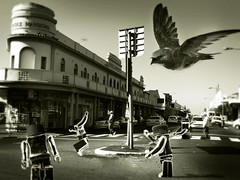
robot intersection dance; zombie attack-bird!
Originally uploaded by ٭betenoir٭
This ‘the rest’ category has a bad image nowadays. Once-upon-a-time, in the days of the b-movie, these films were important. They didn’t have the cash of the Hollywood hits, nor the intellectual/pretentious (delete as appropriate) element of the indie/arty/weird/foreign film. No. They were made on tight budgets, with tight time-limits and tight resources. They were made to be enjoyed. This is pulp cinema. Nowadays we associate the term ‘b-movie’ and perhaps even ‘pulp’ with ‘bad’. This is simply not (necessarily) the case.
Compare film to literature. Again, we find the blockbusters (your Dan Browns etc), an appreciation for ‘classics’, an appreciation for the experimental/philosophical/foreign/intellectual but you also find an considerable about (albeit way less than there used to be) of pulp literature. Whilst you might very well want to label Dan Brown as pulp (and are probably correct…), there is a difference. By pulp I’m talking about the books that are churned out at an astonishing rate. The detective stories and murder mysteries that fill shelves in bookshops and libraries and lie discarded on trains, benches and café tables.

These are not high-art. Nevertheless, they are also – to put it simply – not bad. The most essential thing whilst writing genre-fiction to be sold, read and forgotten about is obviously not to be inventive, challenging or weird – that’s not what your readers (or perhaps better, customers) want – but the author is required to at least write a cracking story. It’s got to be exciting. It’s got to be mysterious. It’s got to keep you turning the pages. They might not be books you’d recommend to a friend, see reviewed in the newspaper or ever want to read again, but they should be books that are gripping reads.
The same applies to film, or at least used to.
Most of the films I prefer to watch do not have brilliant special effects. They don’t have exquisite cinematography. They don’t have big name stars neither in front of nor behind the camera. They don’t have challenging dialogue, open-ended ambiguity, subtleties or philosophical concerns. They are simply good fun.
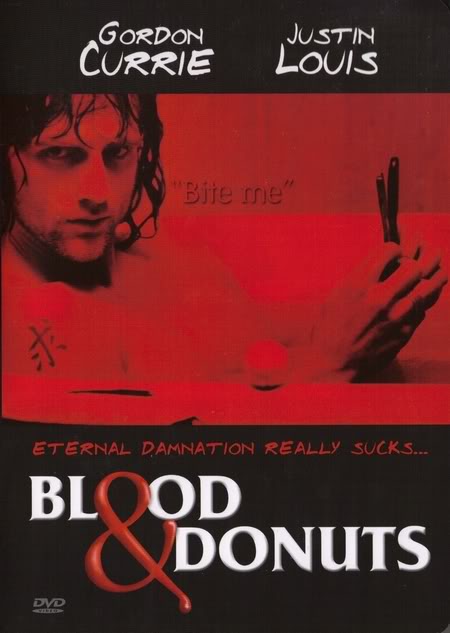
Sadly it seems that nowadays many people can’t help but sneer a little at the thought of watching Hammer Horror, Toho Godzilla films or anything that wasn’t made by James Cameron or Michael Bay. At the opposite end of the spectrum there are those that sit and smirk at everyone else, whilst claiming there is no such thing as cinema outside of the masterpieces of Michael Haneke, Kurosawa et al.
What confuses me still more is that we seem perfectly content to watch the same kind of material on TV. We watch hours of detective shows, crime dramas etc, many of which are feature length and produced with no greater budget nor skills than the films we have been content to ignore. Is it simply the element of laziness? Is it just because we can sit down on the sofa, sip our mug of coffee and let it all wash over us? The answer, sadly, is probably yes.
Dark City
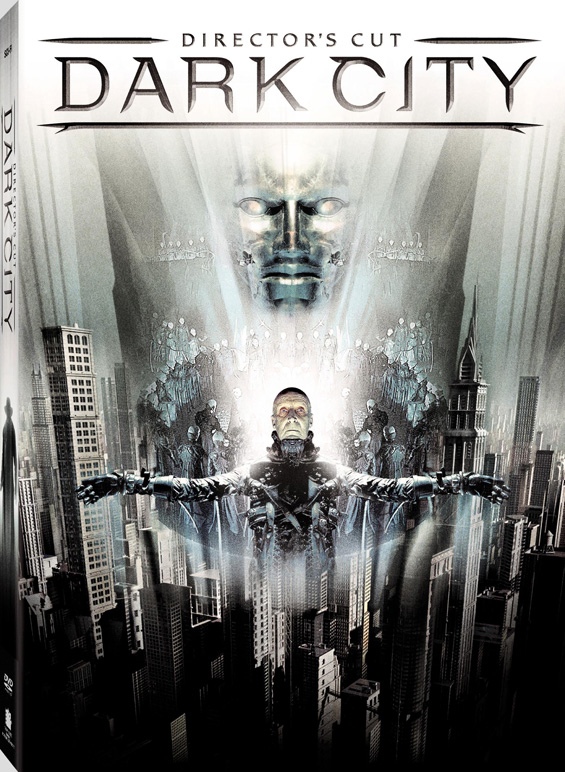
[I don’t know if the version I saw was the director’s cut…]
In my recent post on The Black Windmill, I mentioned that I watched a number of films that I would define as the criminally ignored. Well, if there is any film that earns the title “Criminally Ignored”, it must surely be Dark City.
Dark City is a beautiful film, Dark City is an interesting film, Dark City is a good, but most of all, Dark City is an underrated film.
It’s not hard to see how and why it was elbowed so cruelly from the limelight that it so clearly deserved; Dark City was filmed at almost exactly the same time as the Matrix, it was filmed using many of the same sets as the Matrix, it shared many of the same concerns as the Matrix. In fact, watching it after having seen the Matrix, you might easily think that they’d lifted large quantities from the Matrix.
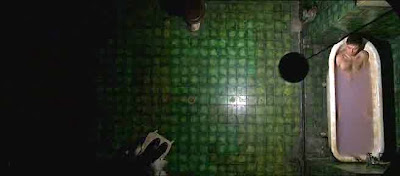
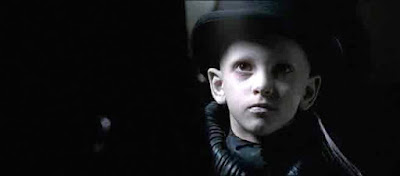
Both films show us a world in which the naive citizens are unaware of the scheme which they are a part of, a world which strange characters with a collective consciousness control, alter and move through as they please, a world where one somewhat unwilling hero represents the hope for humanity by escaping from the confines of his artificial-reality prison. Yes, the two films are really that similar.
There are, despite this, many diferences too. Part of the central thrill of the Matrix (and no-doubt a key factor in it’s success) is how intune it was with technology and our paranoia about computers and computer control. Whilst the Matrix is a virtual reality prison, Dark City relies on much more traditional (and so prosaic) fears. Here, rather than robot ‘agents’, the fake city is manipulated by aliens who are studying humans, each night they alter the city, fiddling with individual memories and observing our reactions. They turn rich into poor, poor into rich, invent backstories of happy summers and tragic memories. If anything, this is more threatening than the Matrix; our lives are not simply faked from day one, but altered every night without our knowing. Every single memory you have may well be artficial.
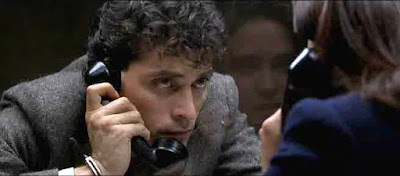
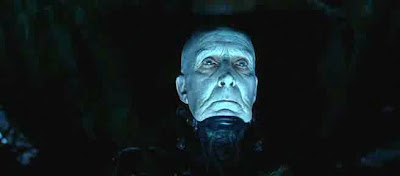
So why wasn’t it as successful as the Matrix? Visually, though very different, it is absolutely on par, for all the leather-clad cool of the Wachowski Bros. offering, here we have a city of film noir beauty, all night-time streets, phosphorescant street-lamps and chain-smoking detectives. So what WAS the crucial deciding factor? (For the purposes of artistic interest we are ignoring anything as dull as advertising budgets etc)
The answer, to my mind at least, is that there is very little between the films in terms of real merit, but only in terms of their awareness of the interests of the age (or the zeitgeist if you will…). The Matrix tapped perfectly into our interest at the time of release; where technology was on a balancing point between the realm of the hacker uber-nerd (Neo) and a means of control. Much as the zombie movies of the 70s mirrored Cold-War nuke paranoir, the Matrix excited us because it was able to tap into our fears at time. By comparison, however good a film Dark City may be (and it IS a good film) its aliens, its detectives and its film-noir atmosphere were far less striking.
Oh yeah, all that and the fact that it gets pretty silly towards the end…
Definitely worth a watch though.
Trailer follows: